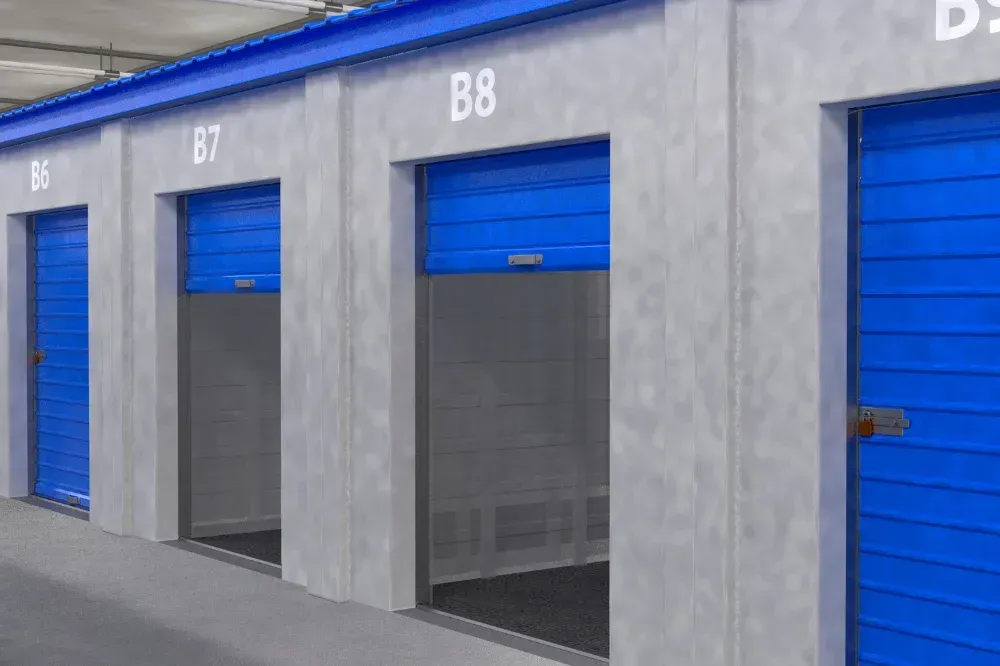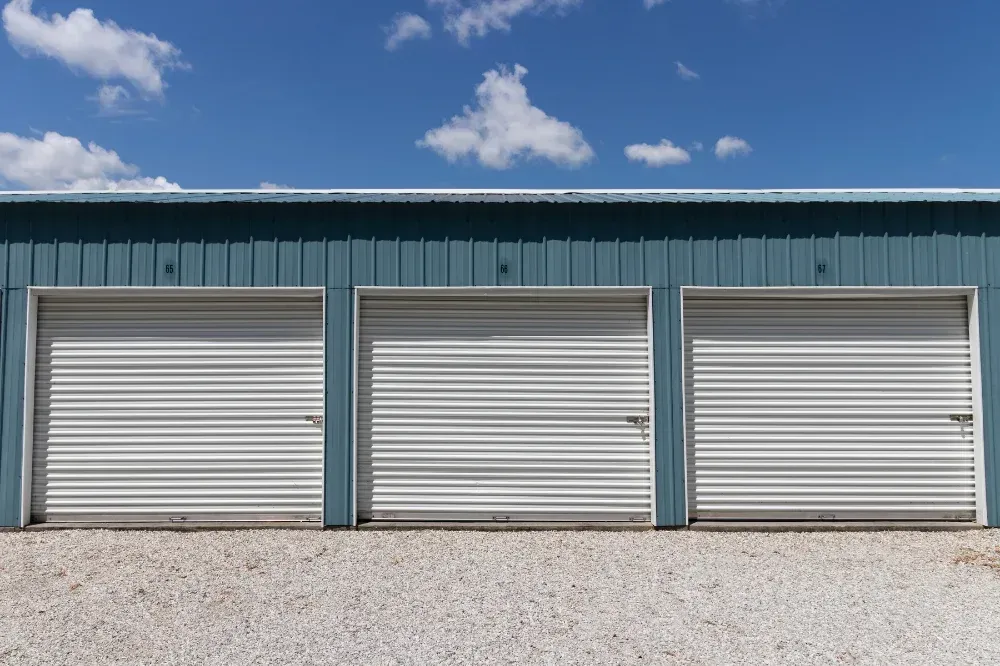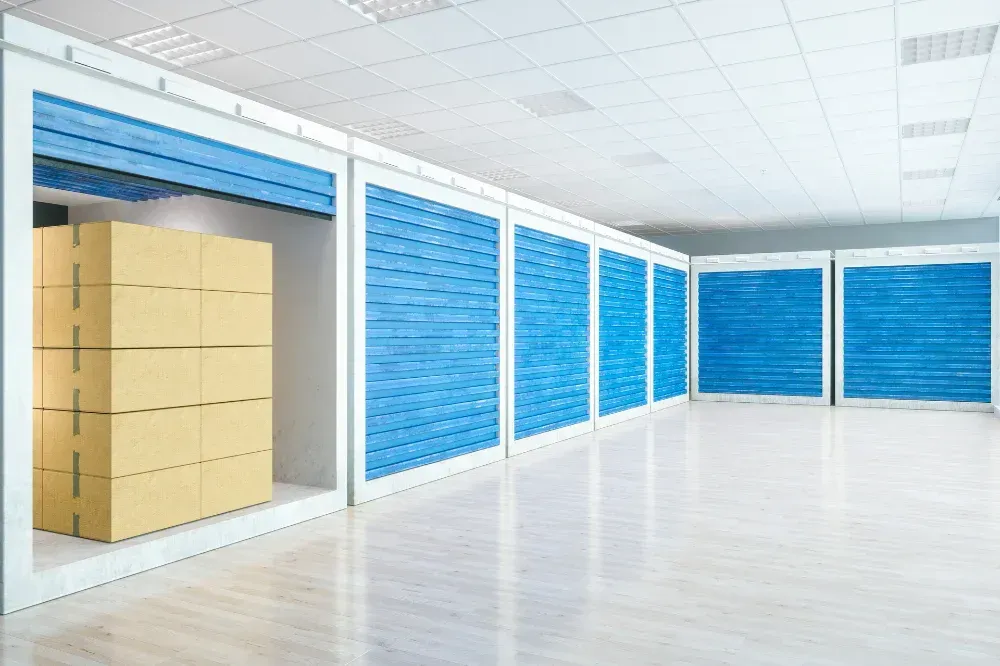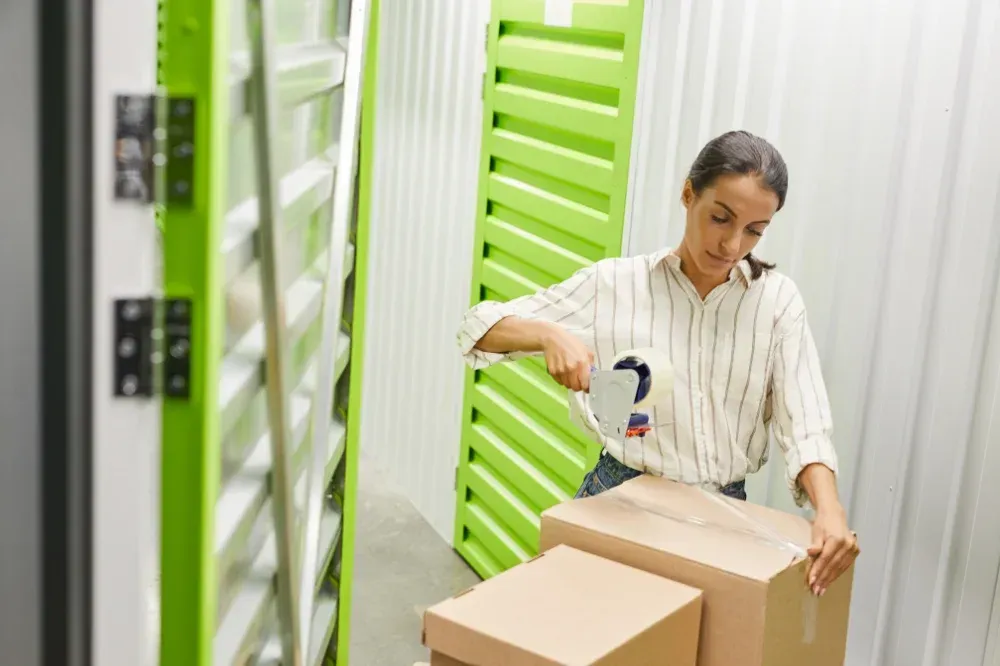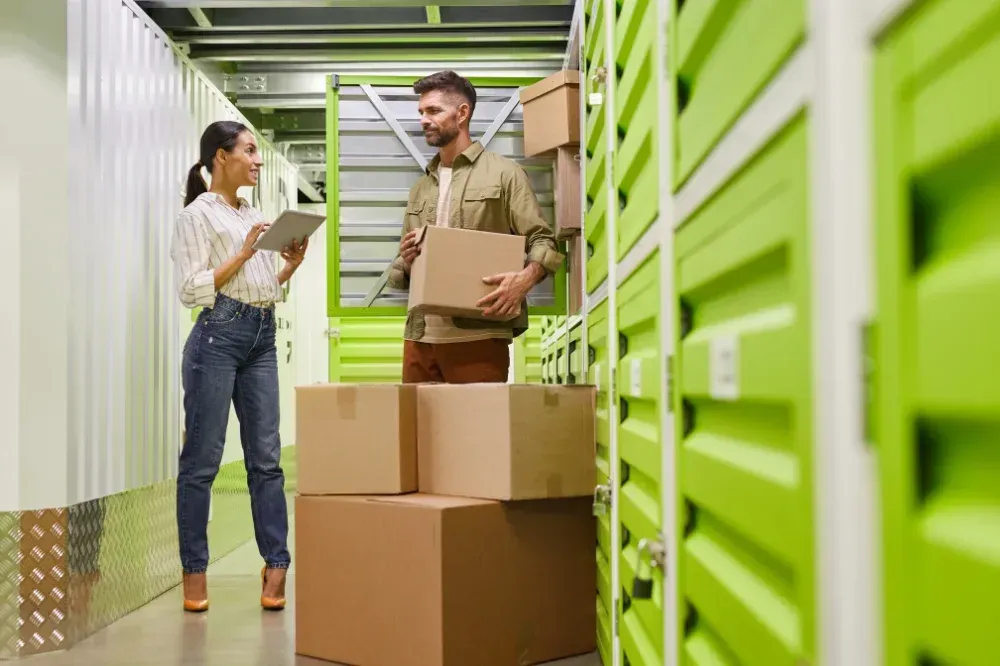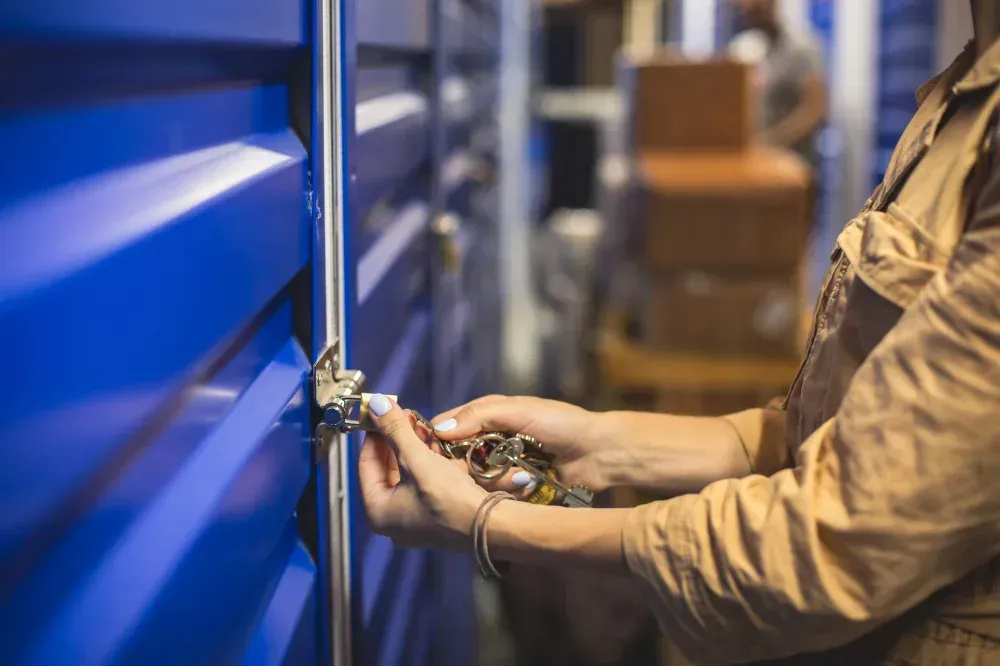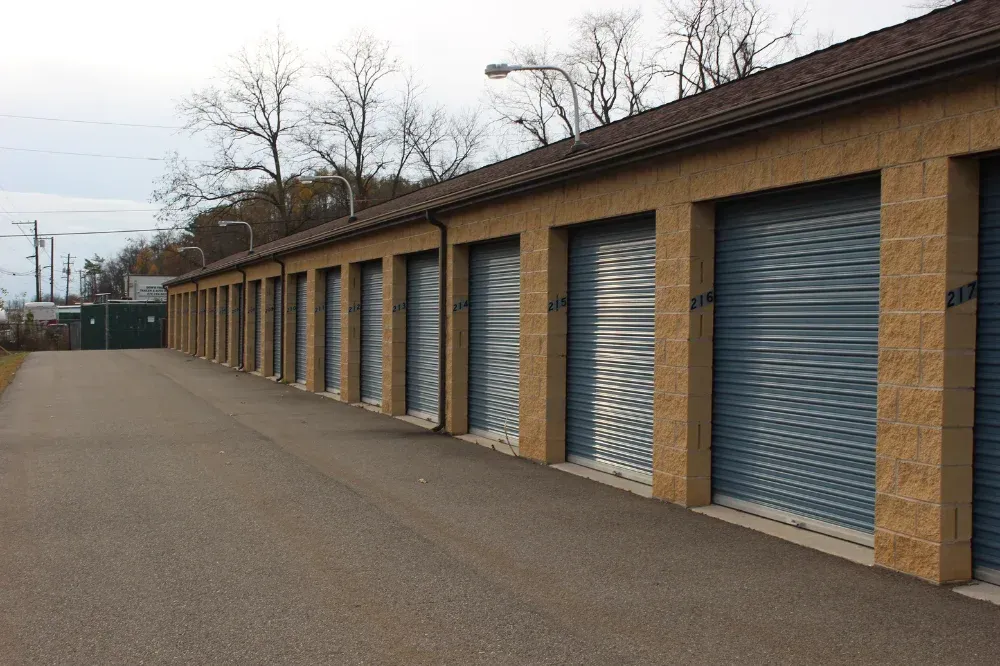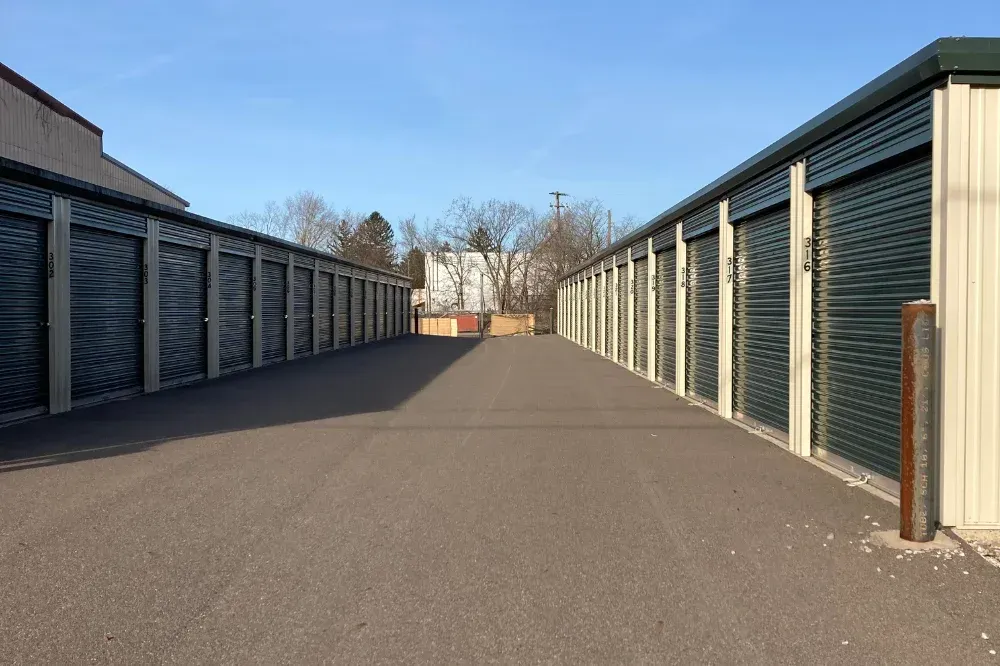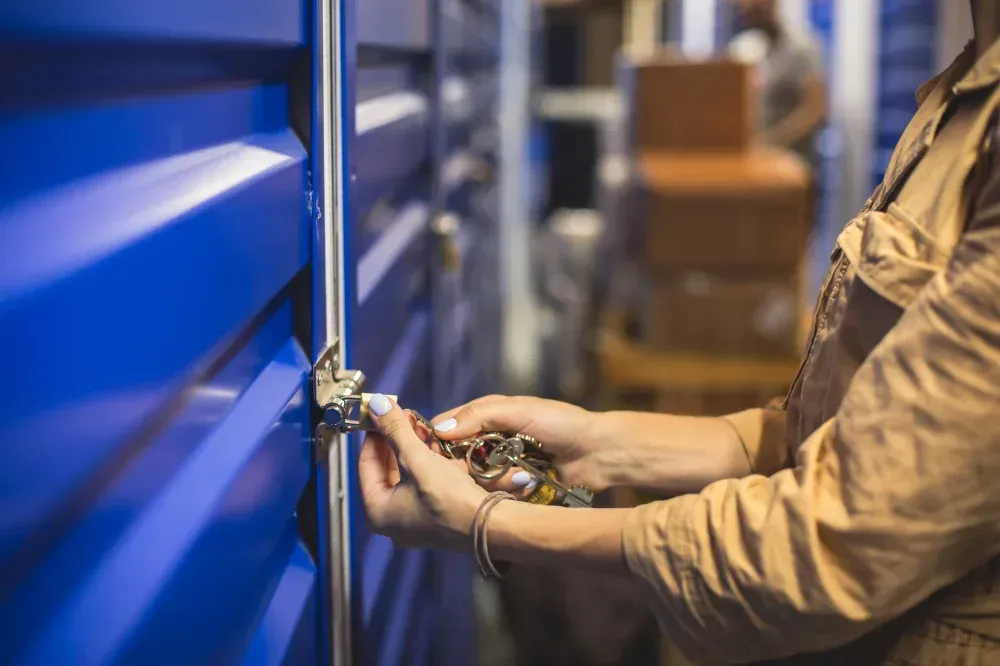Essential Guide to Safely Pack and Store Fragile Items
Essential Guide to Safely Pack and Store Fragile Items
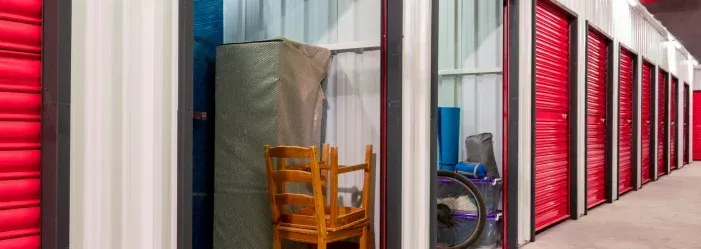
Storing fragile items can often be a daunting task, especially when trying to ensure that nothing breaks or becomes damaged. Whether you're packing precious antiques, delicate electronics, or glassware, using the right packing techniques can make all the difference. Improper packing or storage can lead to expensive damage, so it's crucial to take extra care when handling these items. This guide covers everything you need to know about packing and protecting fragile items for long-term storage.
Why Proper Packing is Crucial for Fragile Items
Fragile items need special attention to ensure their safety during storage. These items, by their nature, are prone to breaking or becoming damaged due to mishandling, movement, or improper storage conditions. Whether it's a valuable piece of artwork, fine china, or vintage furniture, the right packing techniques can mean the difference between preserving your belongings and dealing with significant damage.
Improper packing can result in cracks, chips, or complete breakage. It’s not just about filling a box—it's about creating layers of protection to absorb shock, prevent pressure, and protect from environmental factors like moisture or temperature fluctuations. The materials you choose and the way you wrap and store your items can help ensure that your valuables remain intact, even if they are moved or stacked in storage.
Key Mistakes to Avoid When Packing Fragile Items
To pack fragile items successfully, it's important to steer clear of common packing mistakes that could compromise their safety:
- Using Boxes That Are Too Big: Oversized boxes can allow items to shift inside, causing them to bump against each other or the sides of the box, increasing the risk of damage.
- Insufficient Cushioning: Not providing enough cushioning or padding around your fragile items is one of the biggest packing mistakes. It leaves items vulnerable to impact during transit or storage.
- Wrapping Items Incorrectly: Whether you wrap items too loosely or too tightly, both can cause issues. Loose wrapping allows items to shift, while tight wrapping can create pressure points.
- Not Labeling Boxes: Forgetting to label boxes as "fragile" or "handle with care" can lead to mishandling. Ensure your items are clearly marked so anyone handling them knows to take extra precautions.
- Storing in Inappropriate Conditions: Storing fragile items in damp or unstable conditions can cause mold, rust, or warping, leading to irreversible damage over time.
Avoiding these common mistakes will help ensure that your items are stored safely and securely.
Choosing the Right Packing Materials
The right packing materials are your first line of defense when it comes to protecting fragile items. Selecting the proper materials ensures that your items are shielded from impact, pressure, and environmental stressors.
Bubble Wrap vs. Packing Paper
Bubble wrap and packing paper are two of the most commonly used materials for fragile items, each offering its own benefits:
- Bubble Wrap: This material provides excellent shock absorption, making it perfect for items that need additional protection, such as glassware, ceramics, and electronics. The air-filled bubbles help cushion against bumps and impacts.
- Packing Paper: Softer than bubble wrap, packing paper is ideal for wrapping delicate items like fine china or picture frames. It offers surface protection without adding bulk, preventing scratches while still absorbing some impact.
Using a combination of both materials is often the best strategy. For example, wrapping delicate glassware in paper before adding a layer of bubble wrap can provide both surface protection and shock absorption.
Best Types of Boxes for Fragile Items
Selecting the right box is just as important as choosing the proper packing materials. The box should fit snugly around the items and offer sufficient strength to protect against impacts and weight.
- Double-Walled Cardboard Boxes: These boxes provide extra strength and durability, especially useful for heavier or more fragile items.
- Small to Medium-Sized Boxes: Overloading a large box increases the risk of items shifting inside, which can lead to breakage. Small boxes are more manageable and reduce the risk of items moving during transport.
- Partitioned Boxes: These boxes have dividers that help keep fragile items separate from one another. They are particularly helpful for storing items like glassware, stemware, or ceramics, preventing them from coming into direct contact.
Additional Padding Materials
Beyond bubble wrap and packing paper, there are several other materials that can help provide added protection:
- Foam Inserts: Foam provides excellent cushioning for delicate electronics or collectible items. It molds around the shape of the object, offering custom protection.
- Packing Peanuts: These small, lightweight particles help fill empty spaces inside boxes to prevent movement. They are best used for odd-shaped items or those with gaps between them.
- Soft Cloths or Towels: As an eco-friendly alternative, soft cloths or towels can also be used for padding delicate items, such as picture frames or small antiques.
How to Prepare Fragile Items for Packing
Before you start packing fragile items, a few preparatory steps can help minimize the risk of damage.
Clean and Dry Items Before Packing
It's important to clean and dry fragile items before packing them. Dust, dirt, or moisture can cause long-term damage, such as staining, rusting, or mold growth. Make sure each item is thoroughly cleaned and completely dry before wrapping or placing it into a box.
Disassemble Delicate Parts
Items with removable or delicate components, such as lamp shades, glass panels, or detachable handles, should be disassembled before packing. This reduces the risk of putting unnecessary pressure on fragile parts, which could lead to breakage. Be sure to wrap each component separately and pack them securely to prevent damage.
Labeling Each Box
Proper labeling is essential for ensuring careful handling of fragile items. Clearly label boxes with:
- “Fragile – Handle with Care” stickers to alert handlers to the delicate nature of the contents.
- Arrows indicating the correct upright position of the box to prevent items from being stored on their side or upside down.
- A brief description of the contents (e.g., “Glassware,” “Porcelain Dishes”) will help movers know what's inside and avoid mishandling.
Packing Techniques for Maximum Protection
The way you pack fragile items is just as important as the materials used. By following proper packing techniques, you ensure that your items stay secure and protected during transit and storage.
Wrapping Individual Items
To prevent items from coming into contact with each other or the box, each fragile item should be wrapped individually. Follow these steps:
- Wrap items in packing paper to protect surfaces and prevent scratches.
- Add a layer of bubble wrap around each item for shock absorption.
- Secure the wrap with packing tape, but avoid taping directly onto the item to prevent damage to the surface.
- For particularly fragile objects, consider double-wrapping for extra protection.
Layering Inside the Box
Layering is an essential part of packing fragile items securely. To maximize protection:
- Place a cushioning layer (like bubble wrap, foam, or soft cloth) at the bottom of the box to protect from impacts.
- Place heavier items at the bottom of the box, followed by lighter items on top.
- Use dividers or cardboard sections for additional separation, especially for items like glassware or dishes.
- Add a final layer of padding before sealing the box to absorb any potential impact.
Filling Empty Spaces to Prevent Movement
Filling any gaps in the box is crucial to prevent items from shifting, which could lead to damage. You can use:
- Packing peanuts or crushed paper for filling empty spaces without adding too much weight.
- Soft fabric like towels or clothing can also be used as an eco-friendly alternative for extra cushioning.
Packing Specific Fragile Items
Different types of fragile items require unique packing techniques. Here are a few tips for packing specific items:
Glassware and Ceramics
Glassware and ceramics are particularly vulnerable to impact. Here's how to pack them securely:
- Wrap each piece individually in packing paper, then add bubble wrap for extra protection.
- Use partitioned boxes or cell boxes to keep glassware separate and prevent clashing.
- Place items upright to minimize pressure, instead of stacking them flat.
Electronics and Gadgets
Electronics need extra care due to their sensitivity to static electricity, moisture, and physical impact. Here’s how to pack them:
- If possible, use original packaging, as it is designed to protect the item.
- Wrap screens and delicate parts in anti-static bubble wrap.
- Place small accessories like chargers or cables in labeled bags and secure them inside the box.
Artwork and Picture Frames
Artwork and picture frames are susceptible to scratching and impact. Protect them by:
- Covering the surface with glassine paper or plastic wrap to prevent scratches.
- Wrapping with bubble wrap, paying special attention to the corners, which are most vulnerable.
- Using flat boxes designed specifically for artwork and frames.
Mirrors and Glass Panels
Mirrors and glass panels need extra care to prevent shattering. To pack them safely:
- Apply masking tape in an “X” shape across the glass to minimize shattering.
- Wrap the item in foam sheets or thick blankets, then secure it with bubble wrap.
- Store the item vertically to reduce pressure on the glass.
Antique and Delicate Furniture
When packing antique or delicate furniture, follow these steps:
- Disassemble removable parts like legs or drawers to prevent stress on the structure.
- Wrap edges and corners in foam padding to prevent chips.
- Use moving blankets for large furniture pieces to protect against scratches.
Storing Fragile Items
Even with proper packing, the way you store your items plays a key role in their longevity. Here are a few storage tips:
Climate-Controlled Units
For delicate items, a climate-controlled storage unit is ideal. These units keep temperature and humidity levels consistent, protecting items like glassware, ceramics, electronics, and artwork.
Preventing Moisture Damage
Moisture is one of the biggest threats to fragile items. To avoid damage:
- Use silica gel packets or moisture absorbers inside boxes.
- Store items on raised pallets to avoid water damage from leaks.
- Ensure the storage area is well-ventilated to reduce humidity buildup.
Proper Stacking Methods
When stacking boxes, follow these guidelines:
- Place heaviest boxes at the bottom to prevent crushing fragile items.
- Use shelves or elevated surfaces for fragile boxes to prevent accidental bumps.
- Use sturdy storage racks for added stability and easier access.
Periodic Inspections
Finally, it’s important to check on your stored items periodically to ensure their condition remains intact. Make sure you inspect for any signs of damage, such as cracking or mold, and take corrective measures promptly.
Conclusion
Proper packing and storage are essential for keeping fragile items safe from damage. By choosing the right materials, packing with care, and storing in an appropriate environment, you can ensure that your delicate belongings remain in pristine condition, whether they are stored for a few weeks or several years. Following these guidelines will help you preserve your valuable items and avoid costly repairs or replacements.

